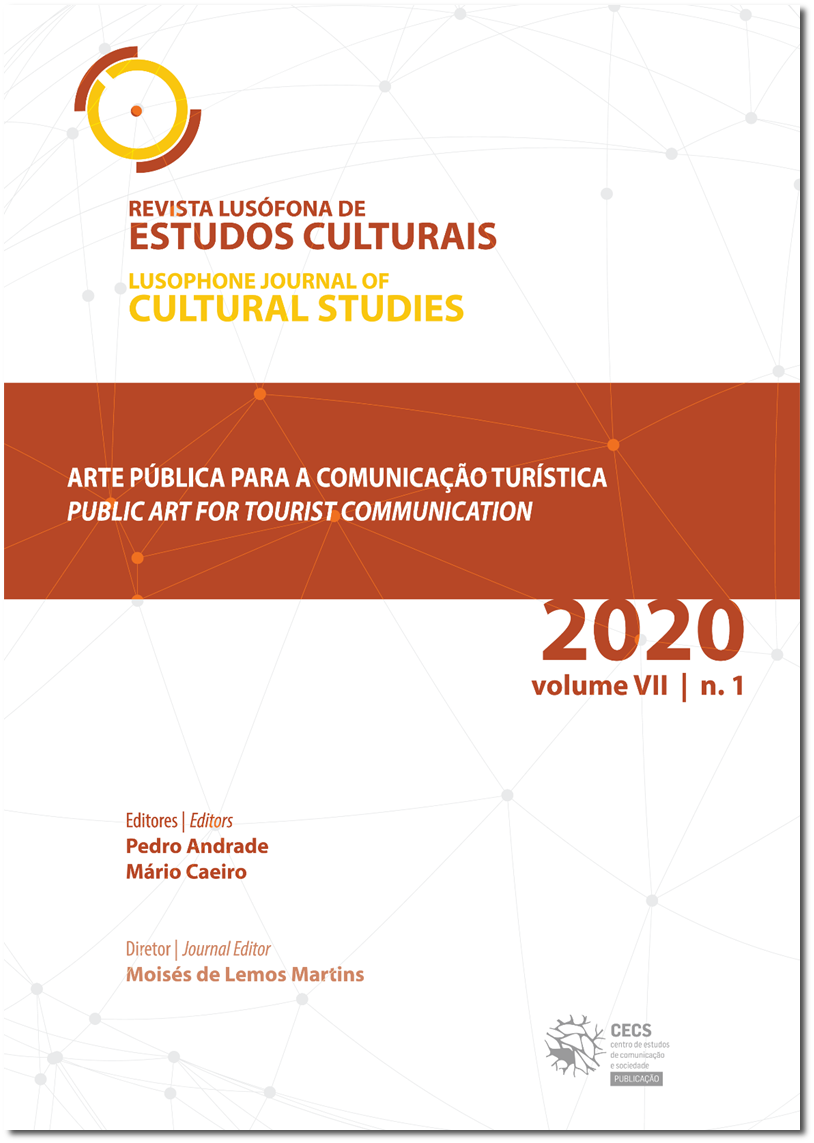The moral economy of tourism
DOI:
https://doi.org/10.21814/rlec.2211Keywords:
premodern and modern global tourist, tourist experience, modern tourist compact, packaged tours, overtourismAbstract
In this article I suggest that the global tourism industry is deployed around a nucleus, the tourist attraction, that is removed and protected from economic exchange. If tourism is, indeed, the world’s largest industry it is because, and not in spite of the separation of its primary motivational and moral structure from the marketplace. I explore the implications of the fact that the global system of tourist attractions is a massive collection of democratic “free goods” open and available for all to see. The tourist industry depends on this endless supply of free access attractions maintained by governments, NGOs, and/or simply existing in society and nature. The global tourism industry can thrive only if its moral and motivational structure remains insulated from market transactions. The Taj Mahal, the Eiffel Tower, the Parthenon, the Grand Canyon, the Statue of Liberty, the Karakorum Mountains, etc. are not for sale. Over a billion tourists spend $1,5 trillion annually to travel internationally to things they cannot buy or have in any material sense; that no one no matter how wealthy can buy; often that they cannot even touch. The enormity of tourism today is possible only because the causal forces at the heart of the tourism economy are entirely imaginary and symbolic. At its core, the tourist economy is less economical than phenomenological. And the primary tourist drive, its deepest motivation, is not materialistic but democratic. Overtourism results from the industry aggressively exploiting the fact that it requires no raw materials, need not develop supply chains, needs no factories, and engages in no design, manufacture, assembly or distribution. The consumer works for free, indeed, pays to do the work of tourism, and becomes the product. These neoliberal efficiencies lead to overtourism. Overtourism can easily be controlled at the local level.Downloads
References
Davis, R. C. & Marvin, G. R. (2004). Venice: the tourist maze. Berkeley: University of California Press.
Fisher, R. (2012). Fodor’s greece. Nova Iorque: Random House.
MacCannell, D. (2011). The ethics of sightseeing. Berkeley: University of California.
Seferis, G. (1997). Delphi. In A. Leonites (Ed.), Greece: a traveler’s literary companion (pp. 84-99). Berkeley: Whereabouts.
Sessa, A. (1983). Elements of tourism economics. Roma: Catal.
Stendhal (1962). Memoirs of a tourist. Evanston: Northwestern University Press.
Tegtmeyer, L. (2016). Tourism aesthetics in ruinscapes: bargaining cultural and monetary values of Detroit’s negative image. Tourist Studies, 16(4), 462-477. https://doi.org/10.1177/1468797615618100
Wall-Reinius, S., Ioannides, D. & Zampoukos, K. (2019). Does geography matter in all-Inclusive resort tourism? Marketing approaches of Scandinavian tour operators. Tourism Geographies, 21(5), 766-784. https://doi.org/10.1080/14616688.2017.1375975
Downloads
Published
How to Cite
Issue
Section
License
Authors own the copyright, providing the journal with the right of first publication. The work is licensed under a Creative Commons - Atribuição 4.0 Internacional License.








